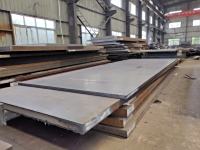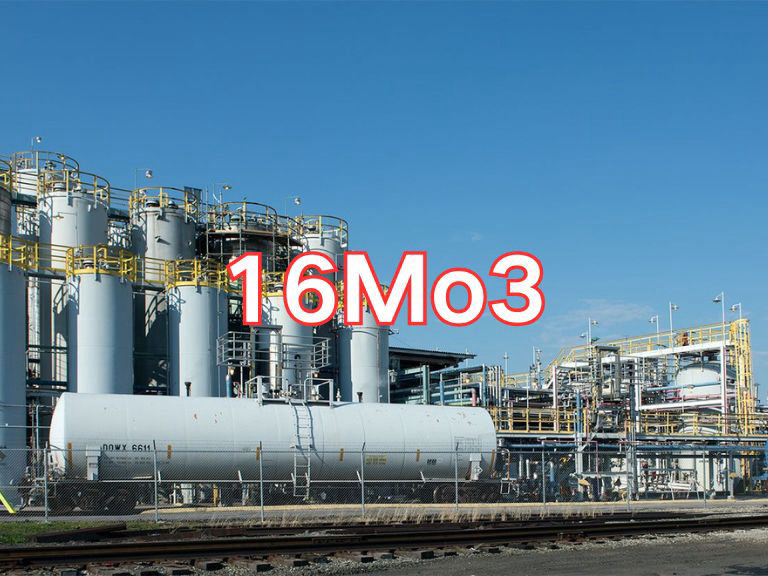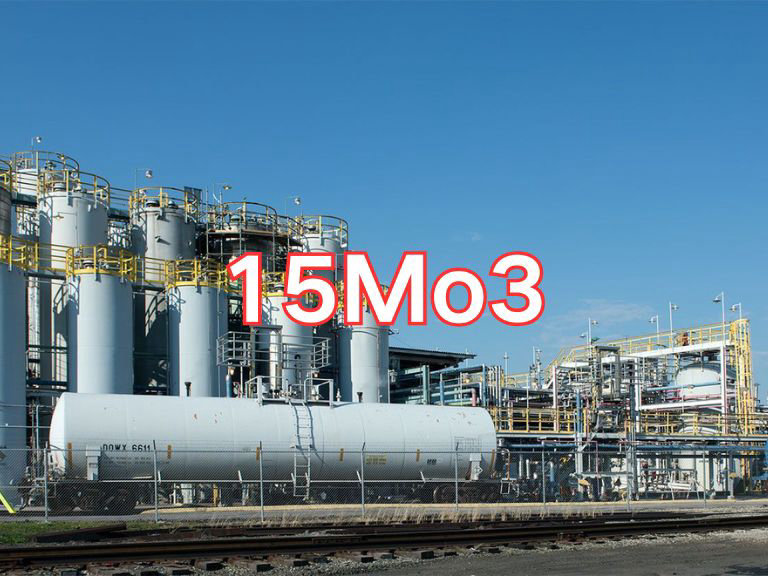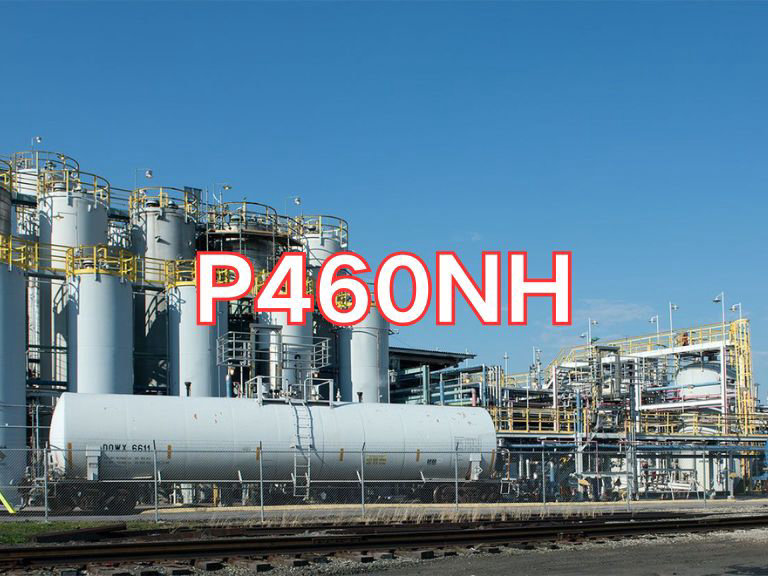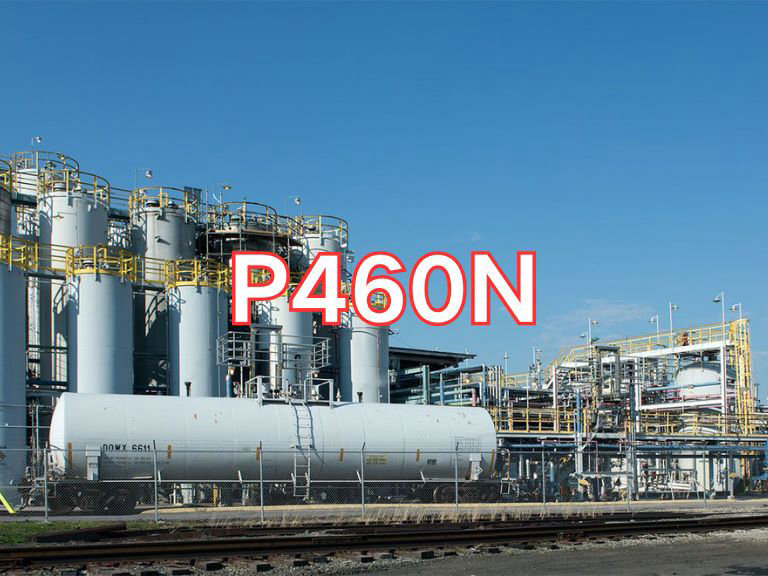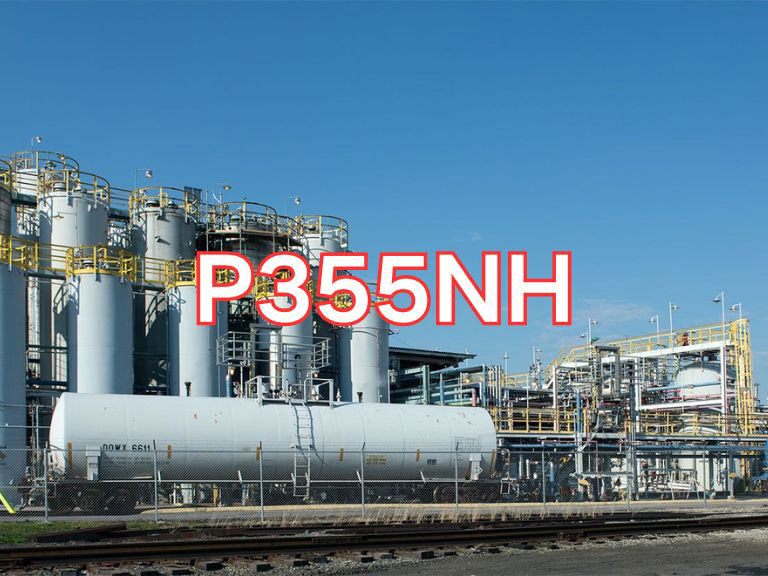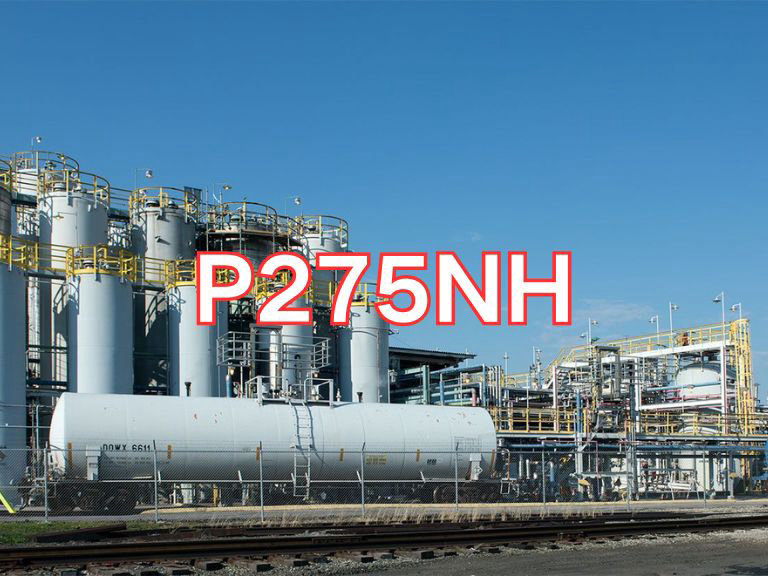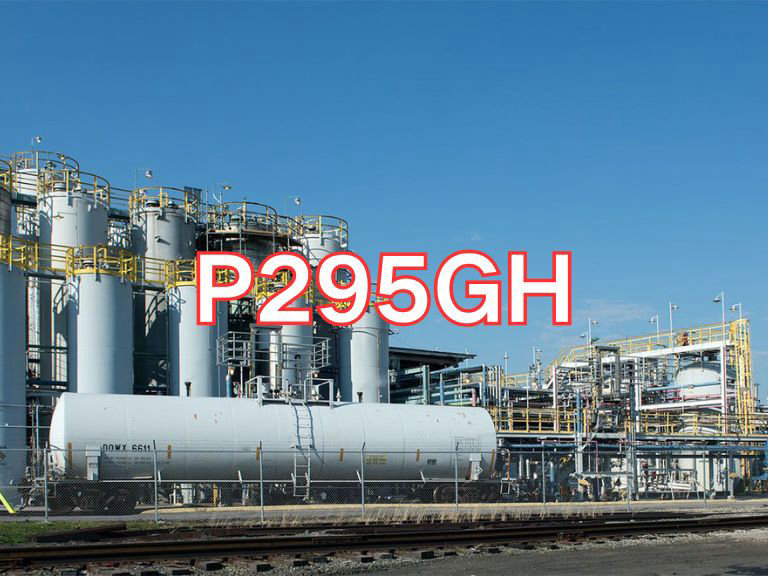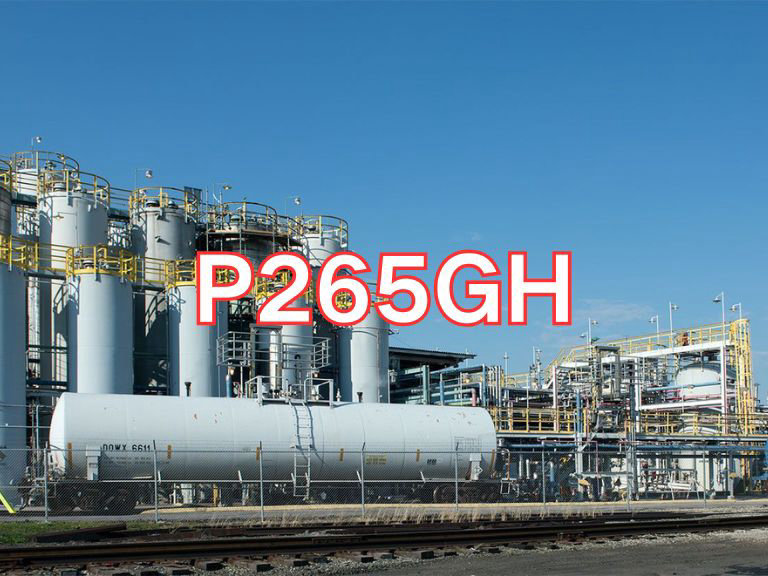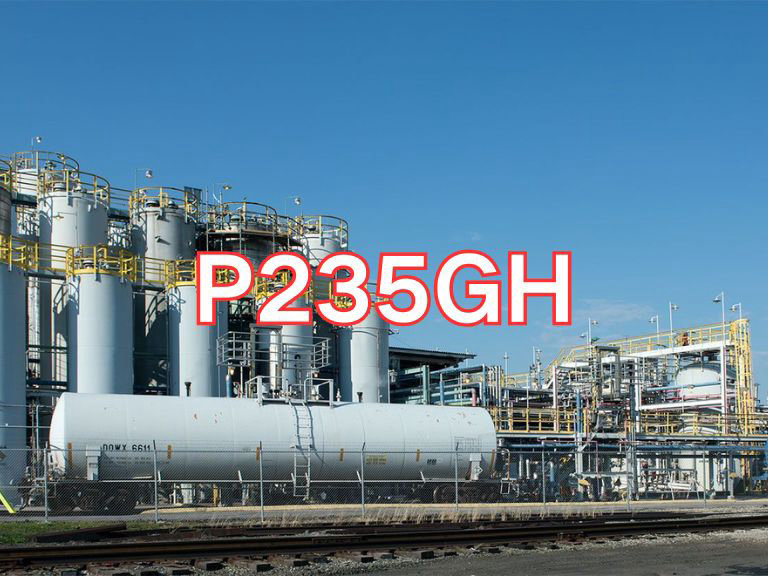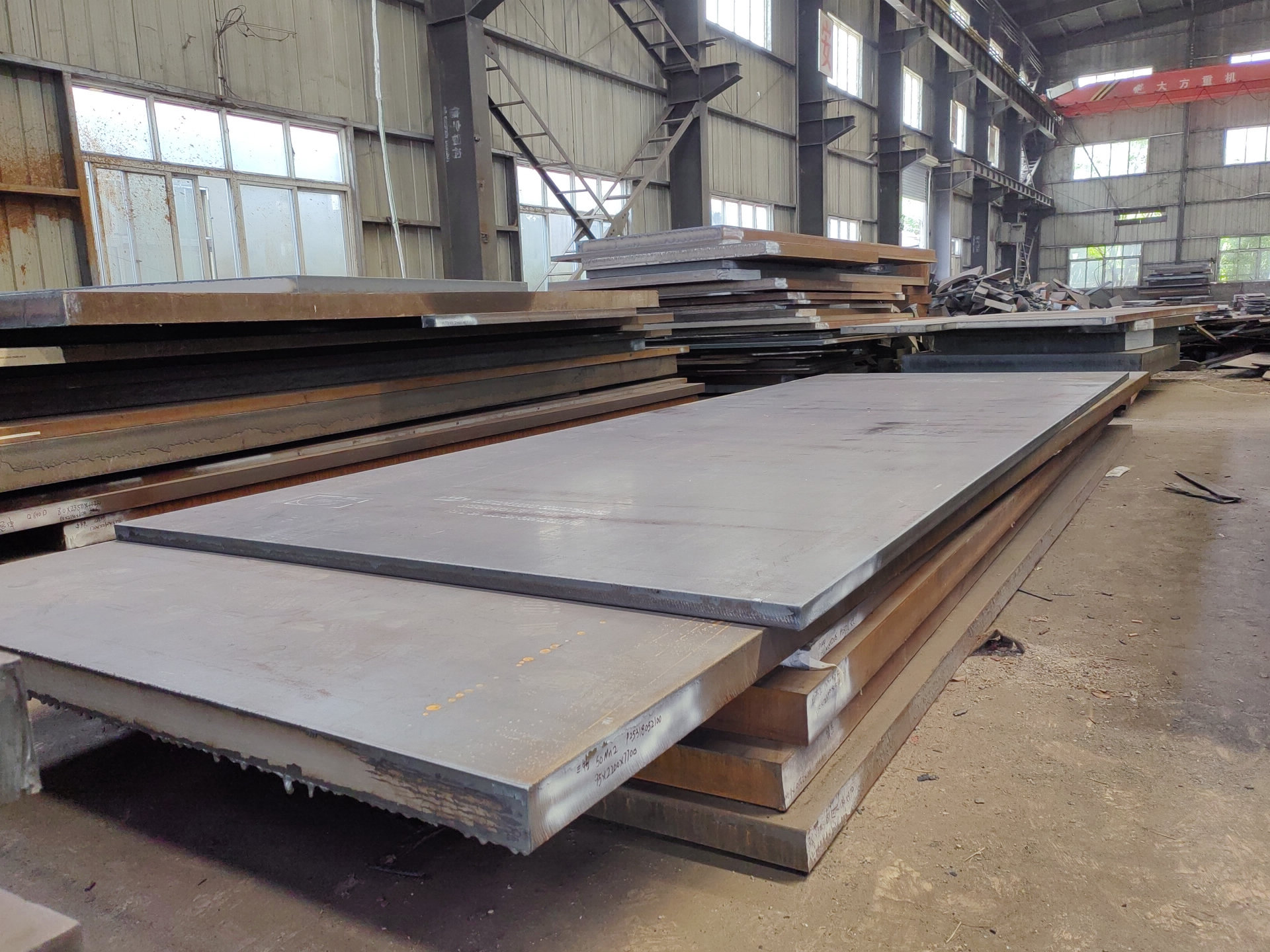

SA285GrC
1. Brief Introduction
SA285GrC is a carbon steel plate for low and intermediate-pressure pressure vessels, classified under the ASTM standard. It offers good strength, plasticity, and weldability at a high cost-effectiveness. Widely used in manufacturing boilers, pressure vessels, and other equipment for ambient and moderate-temperature service, it is a common structural material in the petrochemical and energy industries.
2. Grade Designation Explanation
SA285: The ASTM standard number specifically for "Pressure Vessel Plates, Carbon Steel, Low- and Intermediate-Tensile Strength."
Gr. C: "Gr." stands for "Grade," and "C" denotes the third quality level within this standard (after Gr. A and Gr. B). Typically, a later letter indicates higher specified strength and carbon content.
3. Physical Properties
Typical room temperature mechanical properties of SA285GrC (specific values vary with thickness and heat treatment):
- Tensile Strength: ≥ 415 MPa (60 ksi)
- Yield Strength: ≥ 205 MPa (30 ksi)
- Elongation: ≥ 27% in 2 inches (for thickness ≤ 3/4 inch)
- Modulus of Elasticity: Approximately 200 GPa
- Density: Approximately 7.85 g/cm³
4. Chemical Properties
Chemical composition requirements for SA285GrC (mass percent, maximum unless noted):
- C (Carbon) 0.28%
- Mn (Manganese) 0.90%
- P (Phosphorus) 0.035%
- S (Sulfur) 0.035%
- Si (Silicon) 0.15-0.40%
Its characteristics include a controlled carbon content for ensuring weldability and formability, strengthening through manganese and silicon, and strict limits on harmful elements phosphorus and sulfur.
5. Application Fields
SA285GrC is primarily used for welded pressure vessels not subjected to severe bending or drawing operations. Typical applications include:
- Storage tanks, fractionation towers, and heat exchanger shells in the petrochemical industry.
- Boiler drums, headers, and low-pressure steam drums in boiler systems.
- Industrial water treatment equipment and low-pressure reaction kettles.
- Other pressure vessels for ambient and moderate-temperature service (usually not exceeding 400°C) containing non-severe service media.
6. Testing & Production Methods
Production Method: Typically produced by open-hearth, basic oxygen, or electric furnace processes and subsequently hot-rolled.
Heat Treatment: Usually supplied in the as-rolled condition but can be normalized upon request.
Testing Requirements: Each plate must undergo mechanical tests (tension and bend tests) and chemical analysis to ensure compliance with the ASTM A285/A285M standard specification. All testing is performed by the manufacturer, which can provide a test certificate to the purchaser.
7. Corresponding or Similar Steel Grades
Chinese Standard (GB): Q245R. This is the most common corresponding grade in China for pressure vessel plates, with very similar mechanical and chemical properties to SA285GrC.
European Standard (EN): P265GH. This European pressure vessel plate grade is generally equivalent in application and performance level and is a common substitute material.

Ultrasonic Testing (UT)
A key non-destructive testing technique that uses high-frequency sound waves to detect internal flaws in steel plates. The probe emits sound waves, which reflect when encountering defects such as cracks or inclusions. The receiver captures the echoes, enabling precise determination of defect location and size. With high sensitivity, strong penetration, and fast inspection speed, UT effectively ensures internal quality, widely used in the production of heavy plates, pressure vessel plates, and other high-end products to guarantee safety and reliability.

Magnetic Particle Testing (MT)
A common surface inspection method that magnetizes the workpiece, causing leakage magnetic fields at surface or near-surface defects like cracks or inclusions, which attract magnetic particles to form visible indications. Simple to operate and highly sensitive, MT is suitable for rapid inspection of surface and near-surface flaws in ferromagnetic materials, widely used for online or offline inspection of plate edges, ends, and welds, ensuring product quality and safety.

Penetrant Testing (PT)
A non-destructive method for detecting surface-breaking flaws. A penetrant liquid is applied to the cleaned steel surface, allowing it to seep into defects such as cracks or pores. After removing excess penetrant, a developer is applied, causing the trapped penetrant to bleed out and form visible indications. Simple and cost-effective, PT is suitable for inspecting surface defects in various non-porous materials, commonly used for welds, castings, and complex components, effectively ensuring surface quality of steel plates.

